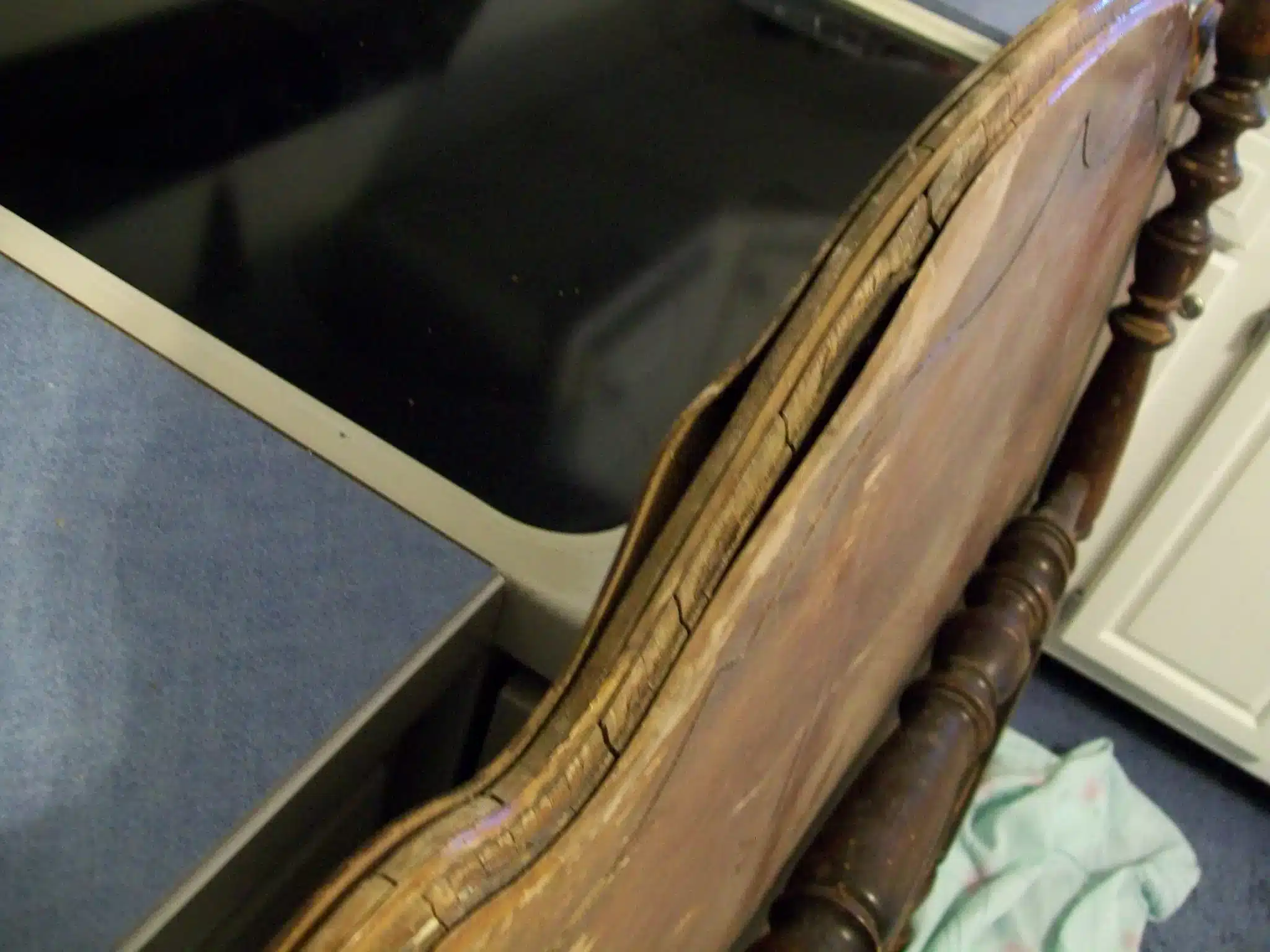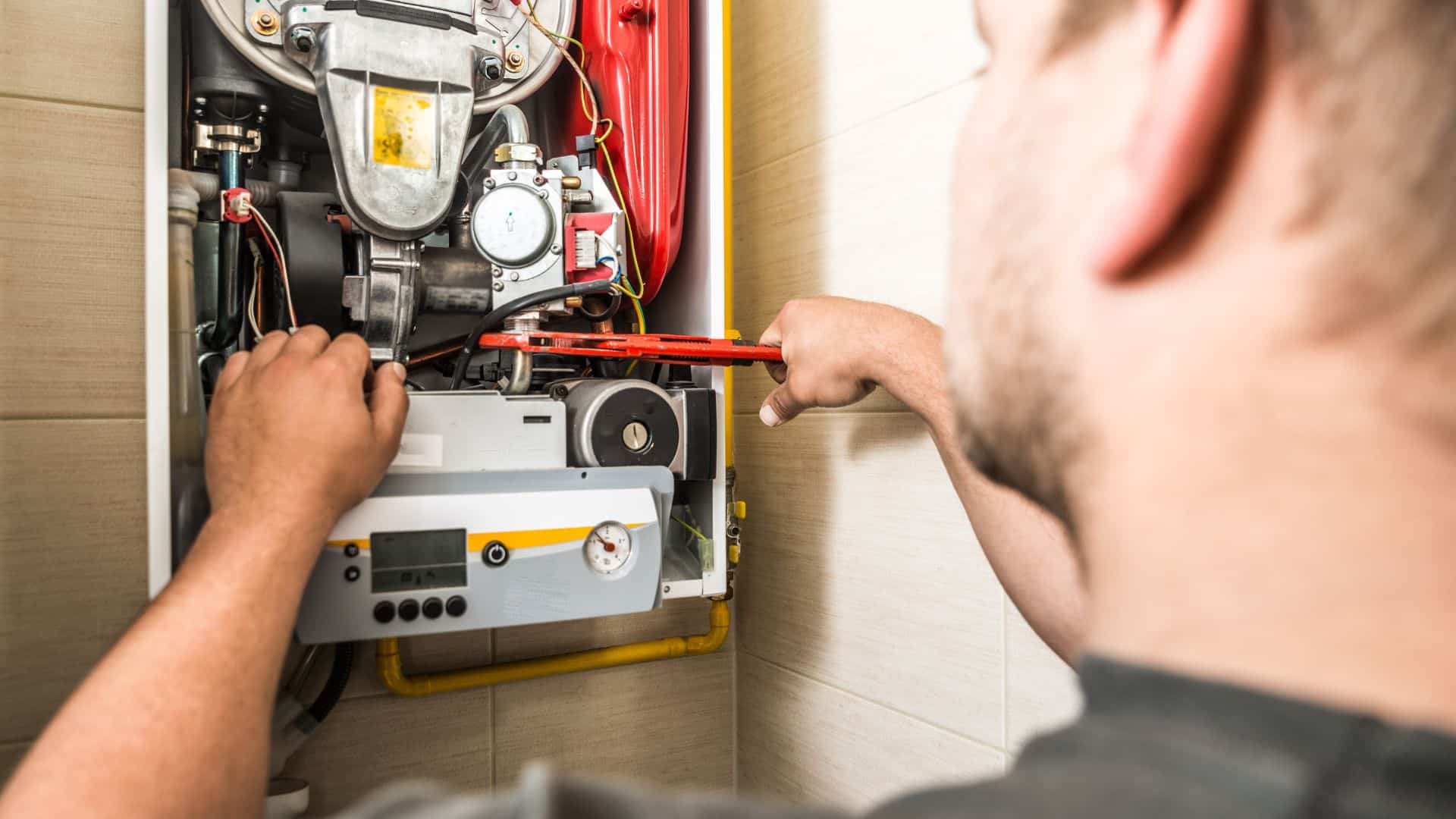Common Mistakes to Avoid When Fixing Peeling Veneer
Fixing peeling veneer can be a challenging task, especially if you are not aware of common pitfalls. One of the most crucial mistakes to avoid is using the wrong adhesive, which can lead to further detachment and damage. Ensuring the right type of glue is used is essential for a lasting repair.
Another frequent error is neglecting to thoroughly clean the surface before attempting any fixes. Dust, grease, and old adhesive residues can compromise the effectiveness of even the best repair strategies. Proper surface preparation ensures better adhesion and a more seamless result.
Ignoring the importance of clamping the veneer tightly after applying the adhesive is a mistake many make. Without sufficient pressure, the veneer may not bond well, leading to bubbling or detachment over time. Proper clamping techniques are key to achieving a smooth and durable finish.
Identifying Peeling Veneer Issues

Identifying peeling veneer issues is crucial for addressing Seattle dry rot repair early and preventing further damage. Key indicators such as discoloration or texture changes can signal problems before they worsen.
Recognizing Early Signs of Veneer Damage
Early signs of veneer damage include bubbling, discoloration, and minor lifting. Bubbling often appears as small, raised areas on the surface, suggesting moisture intrusion.
Discoloration may indicate underlying wood damage or exposure to harsh sunlight. Minor lifting occurs when the veneer edges start to separate from the substrate. These signs should prompt immediate attention to prevent more extensive repairs.
Distinguishing Between Peeling and Cracking
Peeling refers to the veneer coming loose or detaching from the substrate. It typically starts at the edges and progresses inward. Peeling can be caused by moisture, poor adhesive quality, or age. Cracking, on the other hand, involves the veneer breaking along the grain, resulting in visible lines.
Cracking is often due to excessive dryness or impact damage. Understanding these differences ensures correct repair methods are used. For example, peeling usually requires re-gluing, while cracking may need filling and sanding.
Effective Repair Techniques

Fixing peeling veneer requires careful attention to detail and the right materials. Ensuring an effective repair involves selecting the correct adhesive, applying pressure correctly, and addressing any underlying issues that may have caused the veneer to peel in the first place.
Choosing the Right Adhesive for Veneer Repairs
Selecting the appropriate adhesive is crucial for a long-lasting repair. Wood glue is commonly recommended due to its strong bonding capabilities with wood veneers. PVA (polyvinyl acetate) glue is another good option, known for its quick-drying properties.
For more resilient repairs, contact cement can be used, though it requires careful application to avoid bubbles. Always ensure the adhesive matches the material and the conditions under which the veneer will be used. Test a small area first to confirm compatibility.
Applying Pressure Evenly During Repairs
Proper pressure application is essential to ensure the adhesive bonds well with the veneer and the substrate. Use clamps or heavy objects to apply consistent pressure across the veneer surface. Books, weights, or specialized veneer presses can be useful.
Be mindful to distribute the pressure evenly to avoid warping or bubbling. Use a soft cloth or paper between the veneer and the weights to prevent damage. Let the adhesive cure completely as per manufacturer recommendations before removing the pressure.
Addressing Underlying Causes of Veneer Damage
To prevent future issues, identify and address the root cause of the veneer peeling. Moisture exposure is a common culprit, so ensure that the area is dry before beginning repairs. Check for and repair any water leaks nearby.
Heat fluctuations can also affect veneer, so ensure that the furniture or surface is not subject to extreme temperature changes. Reinforce areas regularly exposed to stress or impact to minimize the risk of future damage.
By tackling these underlying factors, future peeling can often be prevented, leading to more durable repairs.







